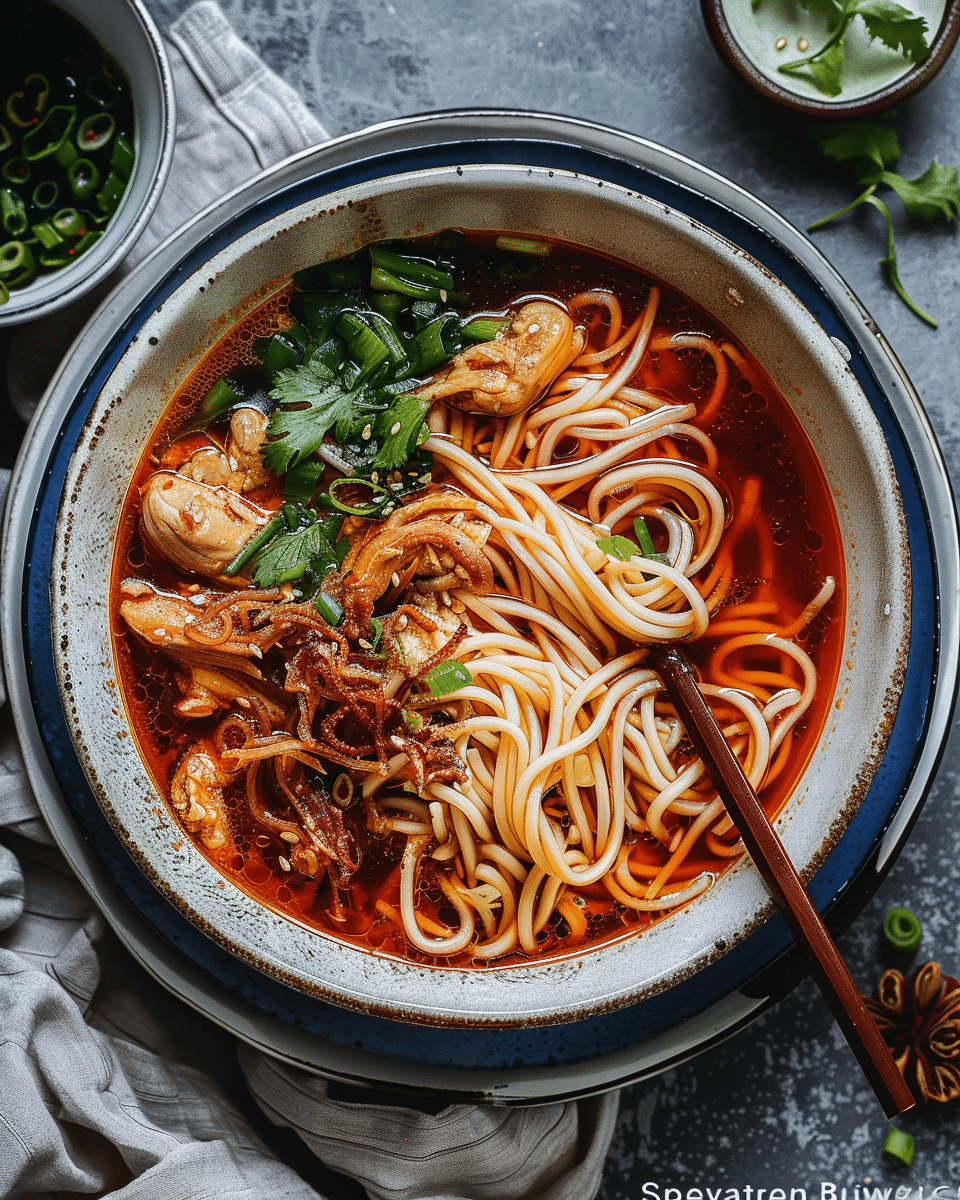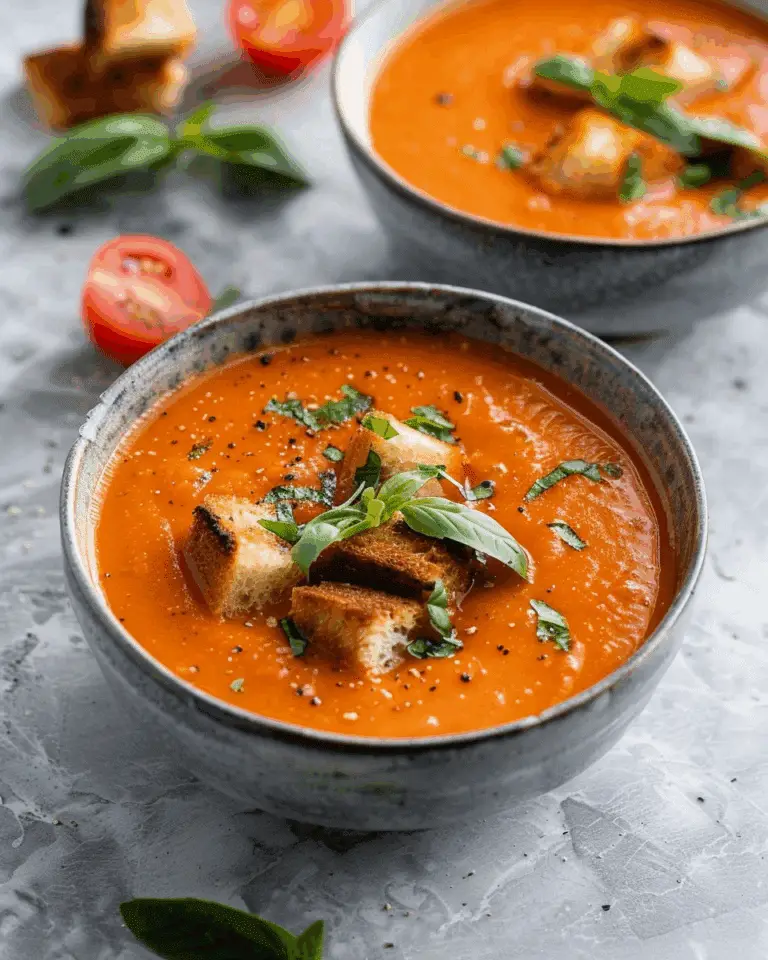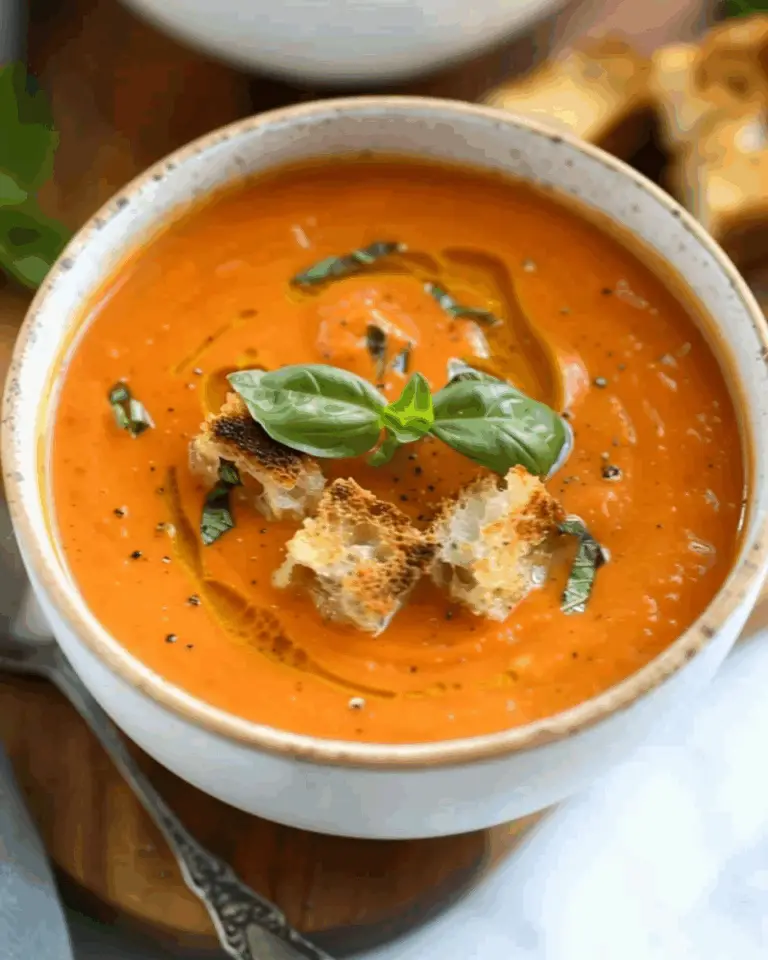Why You’ll Love Chinese Spicy Chicken Noodle Soup Recipe
-
The broth is rich and fragrant: With braised chicken legs, dried shiitake mushrooms, star anise, ginger, scallion and the bold depth of doubanjiang, it’s more than just a basic soup.
-
One‑bowl comfort with a little heat: It’s something you can easily make on a weeknight yet feel special enough to serve to company.
-
Flexible and full of texture: The mix of chewy noodles, tender vegetables and crisp greens gives every spoonful something to enjoy.
-
Customisable spice level: You control how much heat you want by adjusting the amount of doubanjiang, or adding chili oil at serving time.
Ingredients
(Tip: You’ll find the full list of ingredients and measurements in the recipe card below.)
-
Dried shiitake mushrooms
-
Bone‑in, skin‑on chicken legs (or thighs)
-
Salt
-
Peanut oil (or vegetable oil)
-
Ginger, sliced
-
Scallions (white and green parts separated)
-
Star anise pod
-
Doubanjiang (fermented chili bean paste)
-
Chicken broth
-
Shaoxing wine
-
Soy sauce
-
Sugar
-
Carrots, roll‑cut into pieces
-
Daikon radish, roll‑cut into pieces
-
Dried wheat noodles
-
Baby bok choy (halved lengthwise)
Directions
-
Rehydrate the dried shiitake mushrooms by soaking them in warm water until tender (about 15‑20 minutes). Once soft, squeeze out excess water, remove tough stems, and slice the caps thinly.
-
Pat the chicken legs dry and sprinkle all over with salt.
-
Heat the oil in a medium‑sized pot over medium‑high heat until shimmering. Place the chicken pieces, skin‑side down, into the hot pot without moving them, and brown for about 4–5 minutes. Flip and brown the other side for about 2 minutes. Transfer the chicken to a plate.
-
With the same pot (you’ll have chicken fat and browned bits remaining), reduce heat to medium‑low and add the rehydrated shiitake mushrooms, ginger slices, scallion whites, and star anise. Sauté for 1–2 minutes until aromatics are golden. Then add the doubanjiang and stir until it evenly coats the aromatics and releases a fragrant oil.
-
Pour in the chicken broth to deglaze the pot, then add the browned chicken, Shaoxing wine, soy sauce and sugar. Bring to a boil over medium‑high heat.
-
Add the carrots and daikon radish pieces, skim any foam from the surface, then cover and simmer for about 20 minutes until the chicken is tender.
-
In another large pot, boil the dried wheat noodles according to package instructions. Drain thoroughly and set aside.
-
After the chicken and radish/carrot are tender, add the halved baby bok choy to the soup, cover and simmer 1‑2 minutes more until the bok choy is just tender but still bright green. Turn off the heat.
-
To serve: Divide the cooked noodles into individual bowls. Ladle the braising liquid (broth) into each bowl, add a chicken piece (or sliced chicken, if you prefer), and some of the bok choy and vegetables. Top with scallion greens and serve immediately.
Servings and timing
-
Yields: 4 servings
-
Prep time: 10 minutes
-
Cook time: 30 minutes
-
Total time: 40 minutes
Variations
-
Use boneless, skinless chicken thighs instead of bone‑in skin‑on legs for a quicker version; reduce cooking time accordingly.
-
Swap or add vegetables: Instead of daikon radish and carrot you can use potato, or substitute baby bok choy with gai lan, choy sum or spinach (adjust cook time if needed).
-
Choose different noodle types: A thinner wheat noodle (about 3 mm diameter) works great, but you can also use somen (for a lighter texture) or thicker udon or fresh noodles for a chewier bite.
-
Adjust spice: For less heat, reduce the doubanjiang and add a tablespoon of oyster or hoisin sauce to keep the broth flavorful. For more heat, drizzle chili oil or spoon in chili crisp at serving time.
-
Serve the chicken sliced instead of on the bone for easier eating, especially when serving children or guests who prefer no bones.
Storage/Reheating
-
Storage: Let the soup cool to room temperature, then transfer to an airtight container and refrigerate. The noodles should ideally be stored separately from the broth if you expect leftovers, to prevent them from becoming overly soft. Store up to 2‑3 days.
-
Freezing: You can freeze the broth portion (without the noodles) for up to 2 months. When ready to eat, thaw overnight in the fridge and reheat gently before adding fresh noodles and greens.
-
Reheating: Warm the broth in a pot over medium heat until simmering. If noodles were stored separately, cook fresh noodles or reheat the stored noodles by briefly dipping in boiling water to restore texture, then assemble the bowl. Add fresh greens or bok choy at the end and serve immediately.
FAQs
How spicy is the soup, and can I adjust the heat?
The heat comes primarily from the doubanjiang, which delivers both spice and umami. You can reduce the amount if you prefer a milder flavor—cut the doubanjiang in half and compensate with a bit of oyster or hoisin sauce so the broth remains richly flavored.
Do I need doubanjiang, or can I substitute it?
Doubanjiang gives the soup its signature depth and fermented chilli flavor. If you can’t source it, you could use gochujang or a mixture of miso and chilli oil as a substitute—but the result will differ slightly in flavor.
What chicken cut should I use?
Bone‑in skin‑on chicken legs (or thighs) are recommended for their richness and contribution to the broth. If you use boneless skinless thighs, increase the quantity and reduce cooking time so the chicken remains juicy.
Can I use different noodles?
Yes. The recipe suggests wheat noodles approximately 1/8″ (~3 mm) diameter. You may substitute with somen noodles (for a lighter texture), udon (for a chewier bite) or fresh noodles—adjust cooking time accordingly.
Can I change the vegetables?
Absolutely. Carrots, daikon radish and baby bok choy are used for texture, sweetness and color. You can substitute potato for a heartier feel, or switch bok choy for greens like gai lan, choy sum or spinach (just watch cook time so they don’t overcook).
How do I serve the chicken pieces?
Serving the chicken bone‑in gives a rustic presentation and deeper flavor. If preferred for ease, you can debone after cooking, slice the chicken, and then top the noodle bowls with the sliced meat—still looks good and is more convenient to eat.
Will the noodles become mushy if stored in the soup?
Yes, noodles immersed in broth will continue to absorb liquid and soften over time. For best texture, store the noodles separately from the broth if packing leftovers or reheating later; then combine just before serving.
Can I make this vegetarian?
You could approximate a vegetarian version by substituting vegetable broth for chicken broth, omitting the chicken and increasing shiitake mushrooms or adding tofu. Keep the aromatics and doubanjiang to retain flavor depth.
Can I adjust the spice afterwards when serving?
Yes. You can drizzle in chili oil or spoon in chili crisp at the table to boost heat and flavor. If serving children or less‑spice‑tolerant eaters, you might serve plain and let each person add their own heat level.
Conclusion
This Chinese Spicy Chicken Noodle Soup is a delicious blend of comfort and bold flavor, offering a satisfying bowl of brothy noodles, tender chicken and crisp greens. It’s perfect for a weeknight meal when you want something warming yet exciting. With its flexible ingredients and adaptation options, it’s a recipe you’ll return to again and again.

Chinese Spicy Chicken Noodle Soup
- Total Time: 30 minutes
- Yield: 2 servings
- Diet: Low Fat
Description
This Spicy Chicken Noodle Soup is a comforting and flavorful dish with tender chicken, chewy noodles, and a rich, spicy broth infused with Chinese seasonings. It’s perfect for a warming meal on a cold day or when you’re feeling under the weather.
Ingredients
- 8 oz (225 g) chicken breast or thigh
- 1/2 teaspoon salt
- 1/2 teaspoon ground black pepper
- 2 teaspoons cornstarch
- 2 teaspoons soy sauce
- 2 tablespoons vegetable oil
- 2 tablespoons minced garlic
- 1 tablespoon minced ginger
- 1/4 cup chopped green onion (white and green parts separated)
- 2 tablespoons doubanjiang (fermented spicy bean paste)
- 1/2 teaspoon ground Sichuan peppercorns (optional)
- 4 cups (1 L) chicken broth
- 1 tablespoon soy sauce
- 1 tablespoon Chinese black vinegar
- 4 oz (115 g) dried noodles (e.g., wheat noodles or rice noodles)
- 1 cup chopped bok choy or napa cabbage
- Chili oil (to taste, for serving)
Instructions
- Thinly slice the chicken and place it in a bowl. Add salt, black pepper, cornstarch, and soy sauce. Mix well and set aside to marinate for 10 minutes.
- Heat the oil in a large saucepan over medium heat. Add the garlic, ginger, and white part of green onions. Sauté until fragrant, about 1 minute.
- Add the doubanjiang and Sichuan peppercorns (if using). Stir and cook for another minute.
- Pour in the chicken broth and bring to a boil. Add soy sauce and black vinegar. Stir to combine.
- Add the marinated chicken to the pot. Simmer for 3-4 minutes until chicken is just cooked through.
- Meanwhile, cook noodles according to package instructions. Drain and set aside.
- Add chopped bok choy or napa cabbage to the soup. Simmer for 1-2 minutes until just wilted.
- Place cooked noodles into serving bowls. Ladle the hot soup over the noodles.
- Top with green onion (green part) and drizzle with chili oil as desired. Serve hot.
Notes
- Adjust the spiciness by reducing or increasing doubanjiang and chili oil.
- You can substitute chicken with tofu or mushrooms for a vegetarian version.
- Use homemade or low-sodium chicken broth for better control over salt content.
- Fresh noodles can be used instead of dried for a chewier texture.
- Prep Time: 10 minutes
- Cook Time: 20 minutes
- Category: Soup
- Method: Stovetop
- Cuisine: Chinese
Nutrition
- Serving Size: 1 bowl
- Calories: 430
- Sugar: 3 g
- Sodium: 1200 mg
- Fat: 18 g
- Saturated Fat: 3 g
- Unsaturated Fat: 13 g
- Trans Fat: 0 g
- Carbohydrates: 35 g
- Fiber: 3 g
- Protein: 30 g
- Cholesterol: 65 mg








